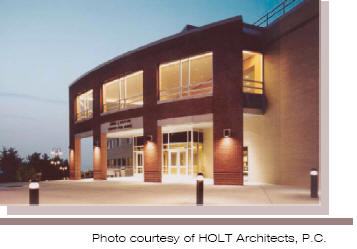 |
 |
|
|
Benjamin Mark Hagan See My Resume
Ben has been a Penn Stater since a very young age, both parents PSU alumni, Ben grew up surrounded with love for the Blue and White. As a freshman at Penn State, Ben was trying to decide between Nuclear Engineering and Architectural Engineering as a major, but after taking AE 124, the freshman seminar course, it became quite obvious that Architectural Engineering was the right choice. The family-like bond between AE students is what initially made Architectural Engineering such an attractive choice, and has proven to be the most important and rewarding part of Benís AE experience. At Penn State Ben also became a key member of the Penn State Glee Club, singing with the group every semester he has been in State College, and is currently serving as President of the Glee Club. There was one semester that Ben was unable to perform with the Glee Club, the semester he spent in England in the exchange program with the University of Leeds. The entire experience was amazing and Ben took many lessons, both scholastic and cultural, home with him from his time in Leeds and travel around Europe. Ben is now a fifth year student in the AE program, and has been accepted into the integrated BAE/MAE program from which Ben will graduate with both the degrees of Bachelors and Masters of Architectural Engineering in May 2004. Ben takes great pride in working with his fellow classmates, studying under Richard Mistrick and Martin Moeck, and is extremely grateful for the hard work of all the faculty and staff that make the AE experience so unique.
Please Note: While great efforts have been taken to provide accurate and complete information on the pages of this CPEP, please be aware that the information contained herewith is considered a work-in-progress for this thesis project. Modifications and changes related to the original building designs and construction methodologies for this senior thesis project are solely the interpretation of Benjamin Hagan. Changes and discrepancies in no way imply that the original design contained errors or was flawed. Differing assumptions, code references, requirements, and methodologies have been incorporated into this thesis project; therefore, investigation results may vary from the original design. This page was last updated
11/17/2003 |
|